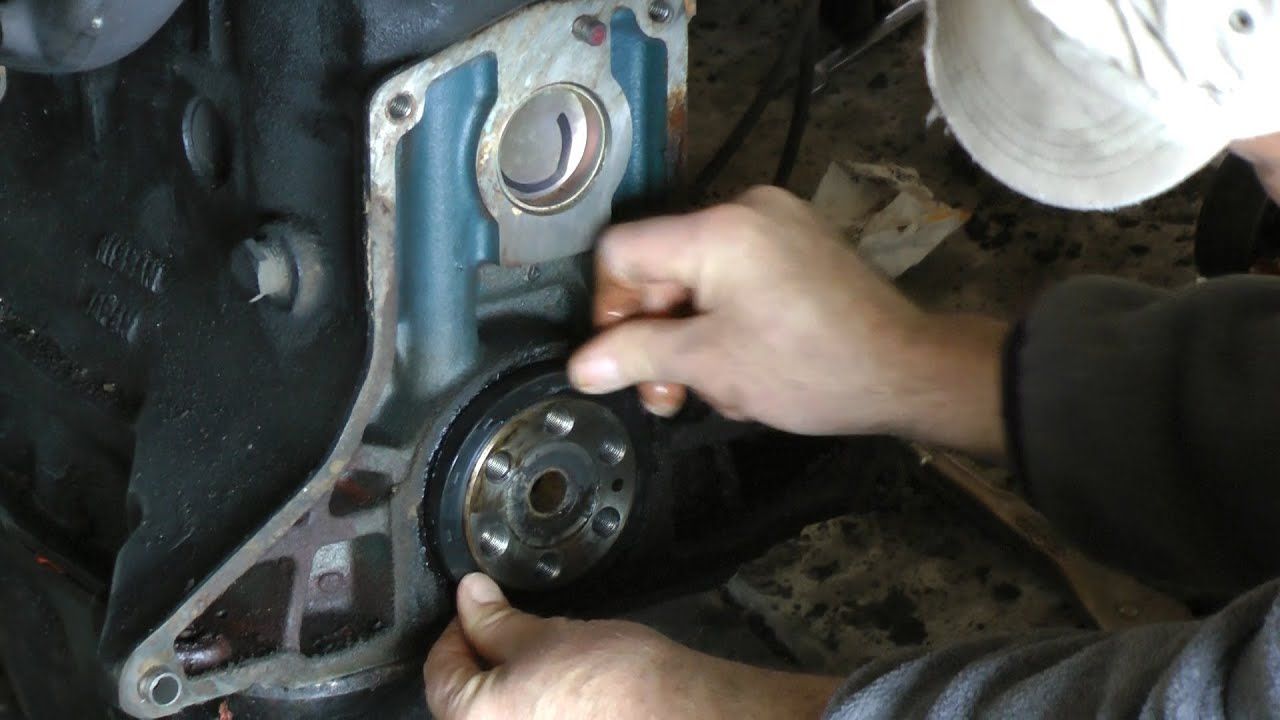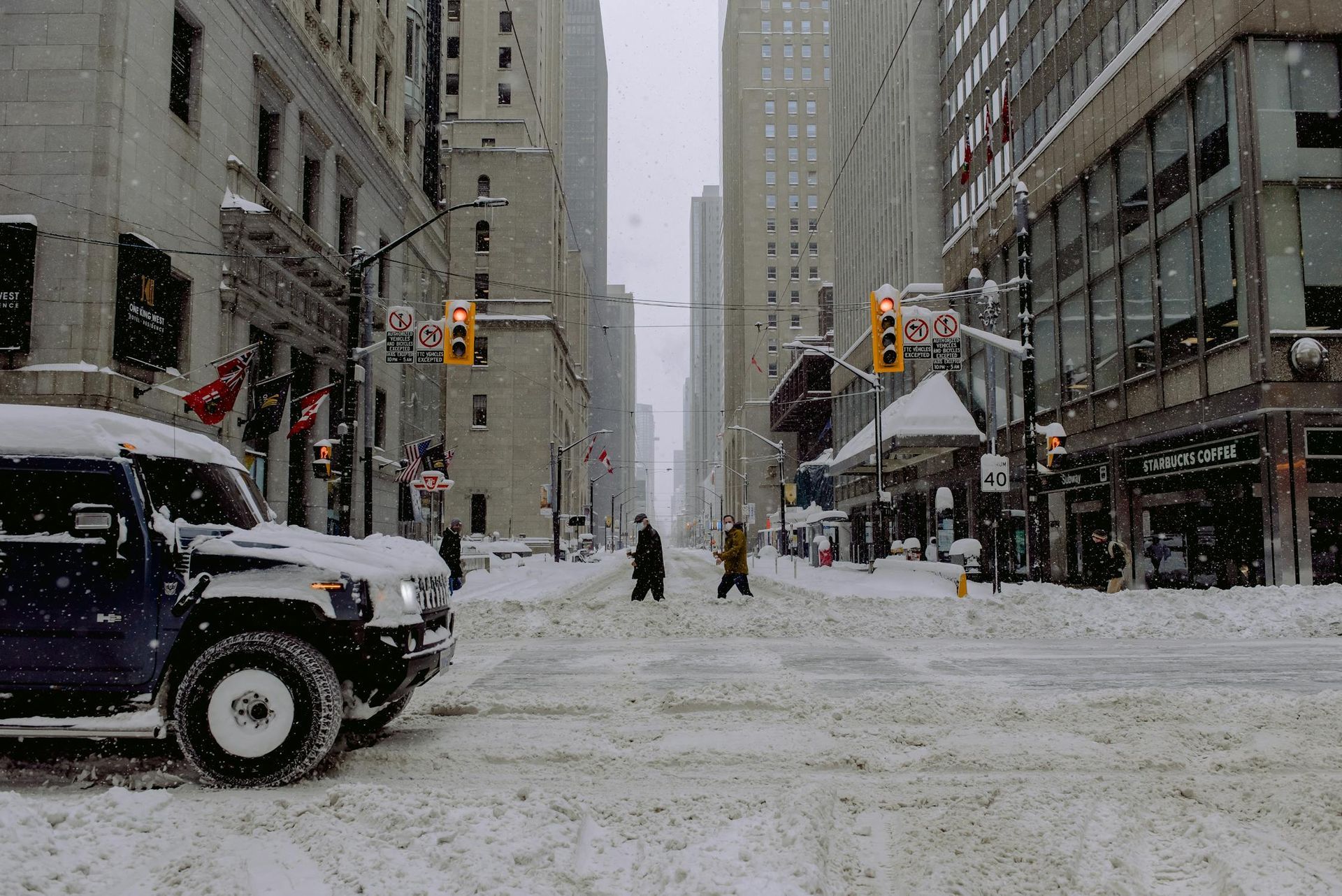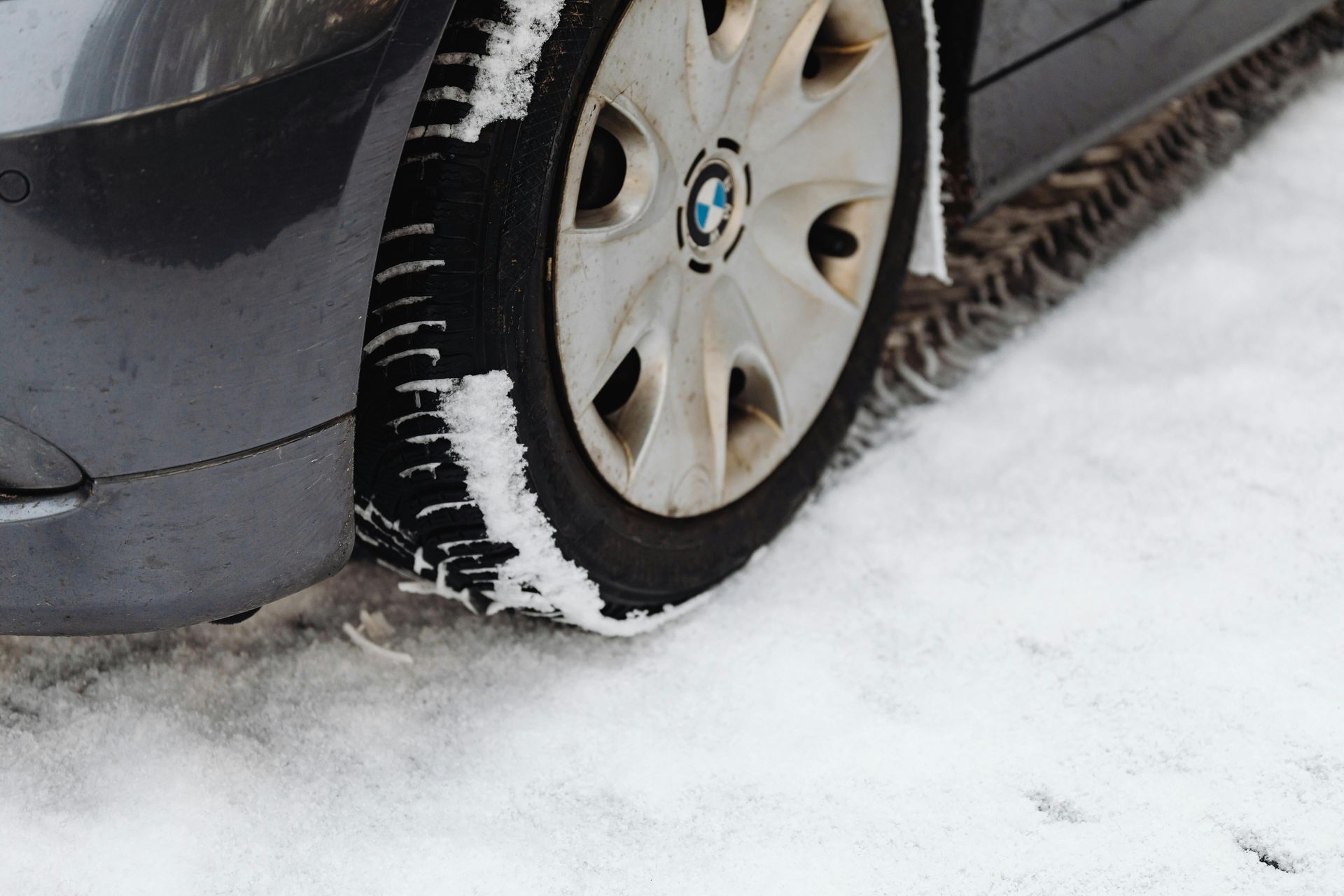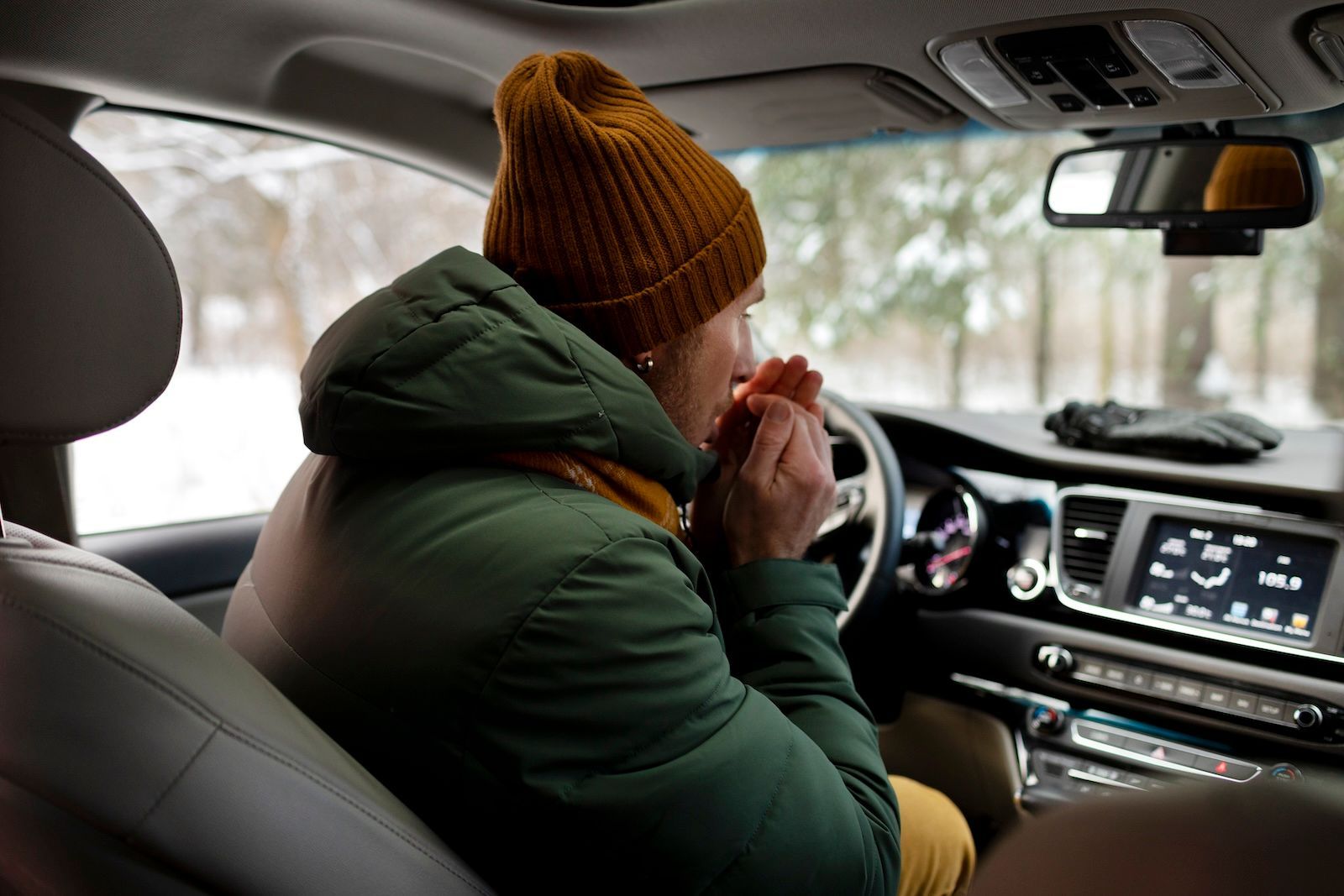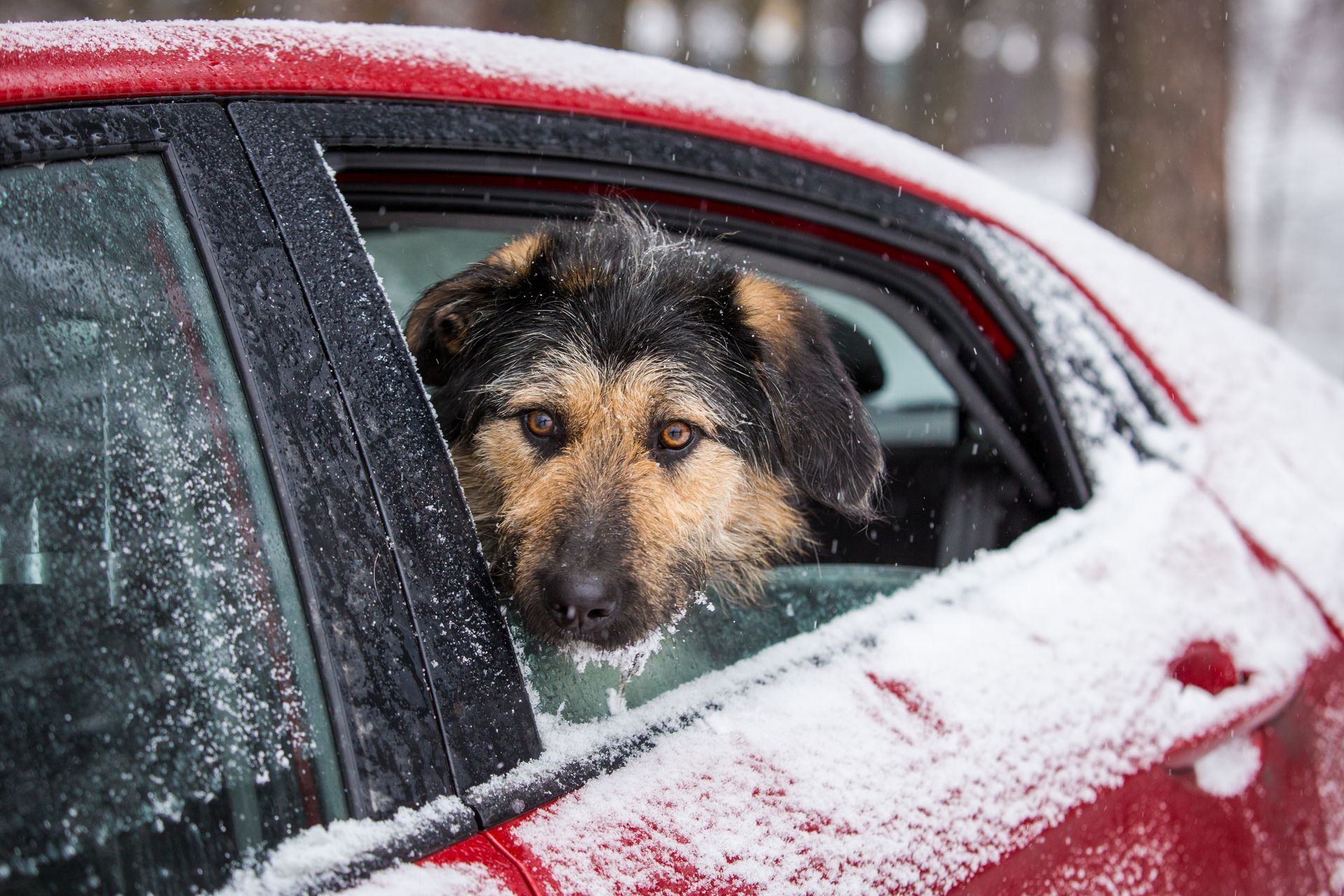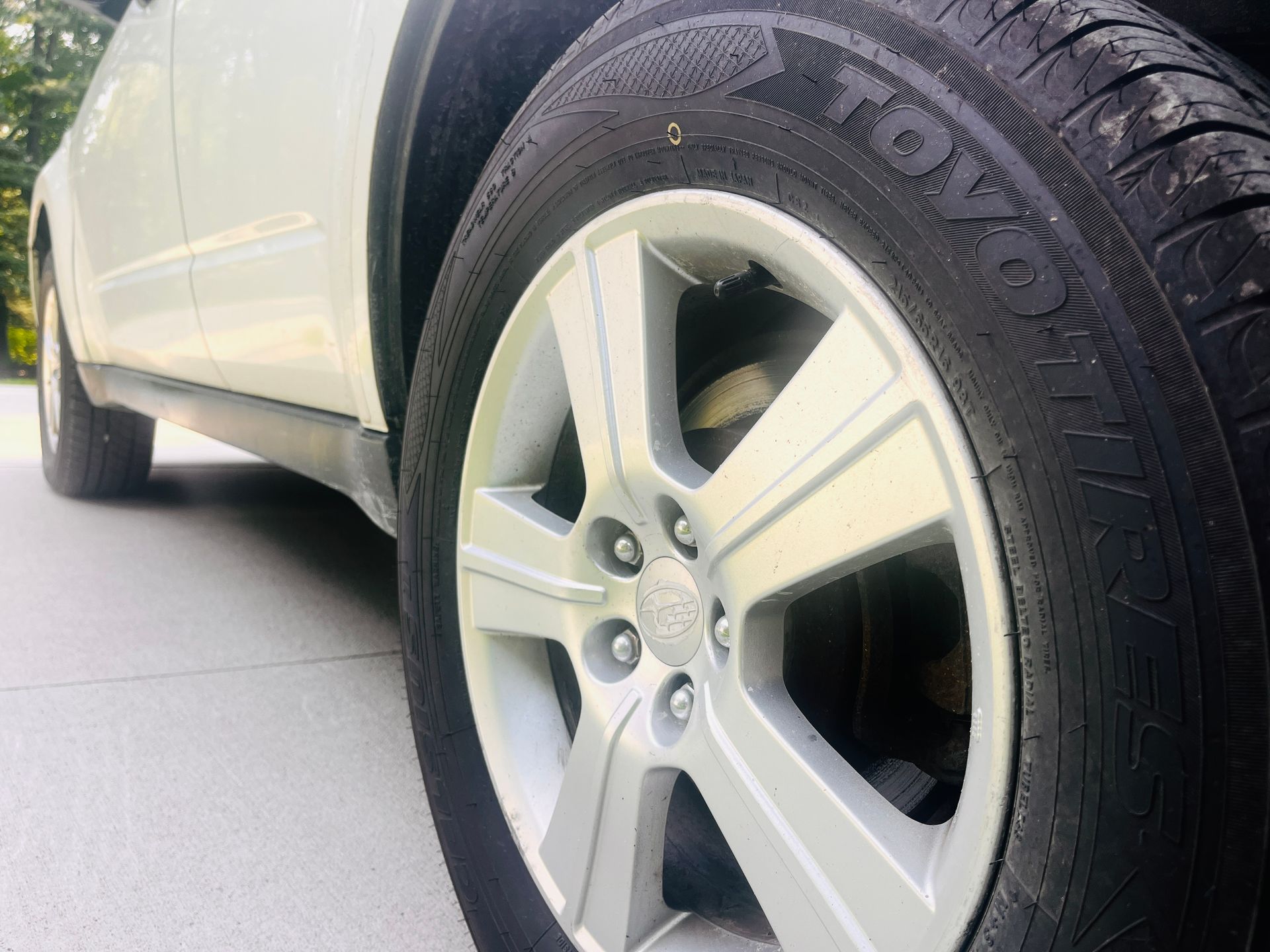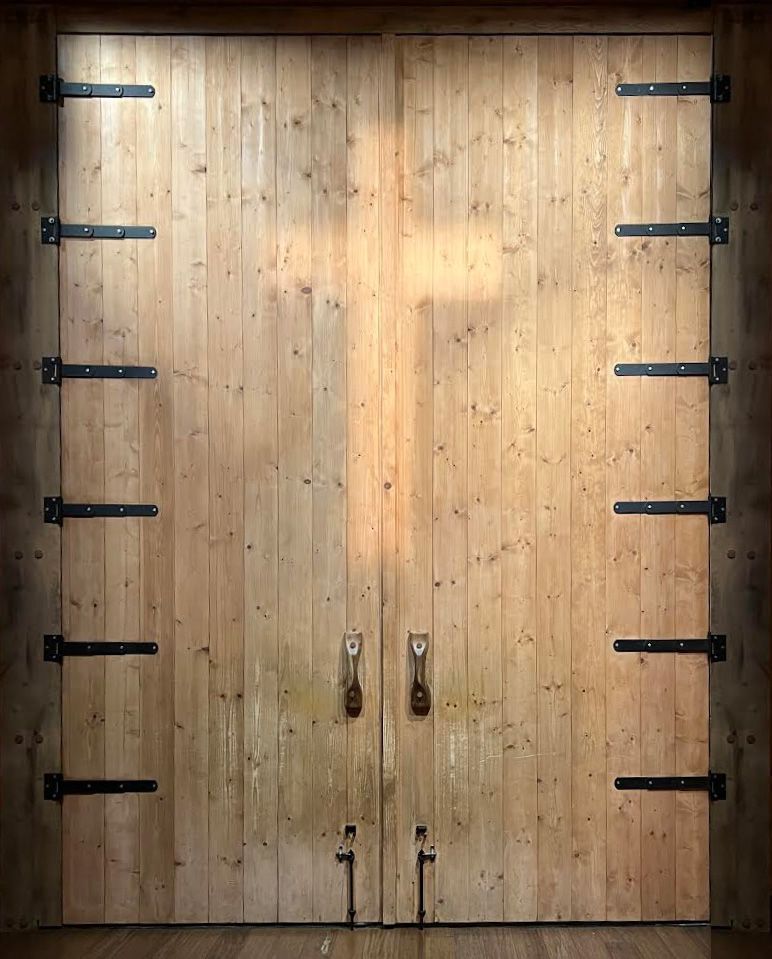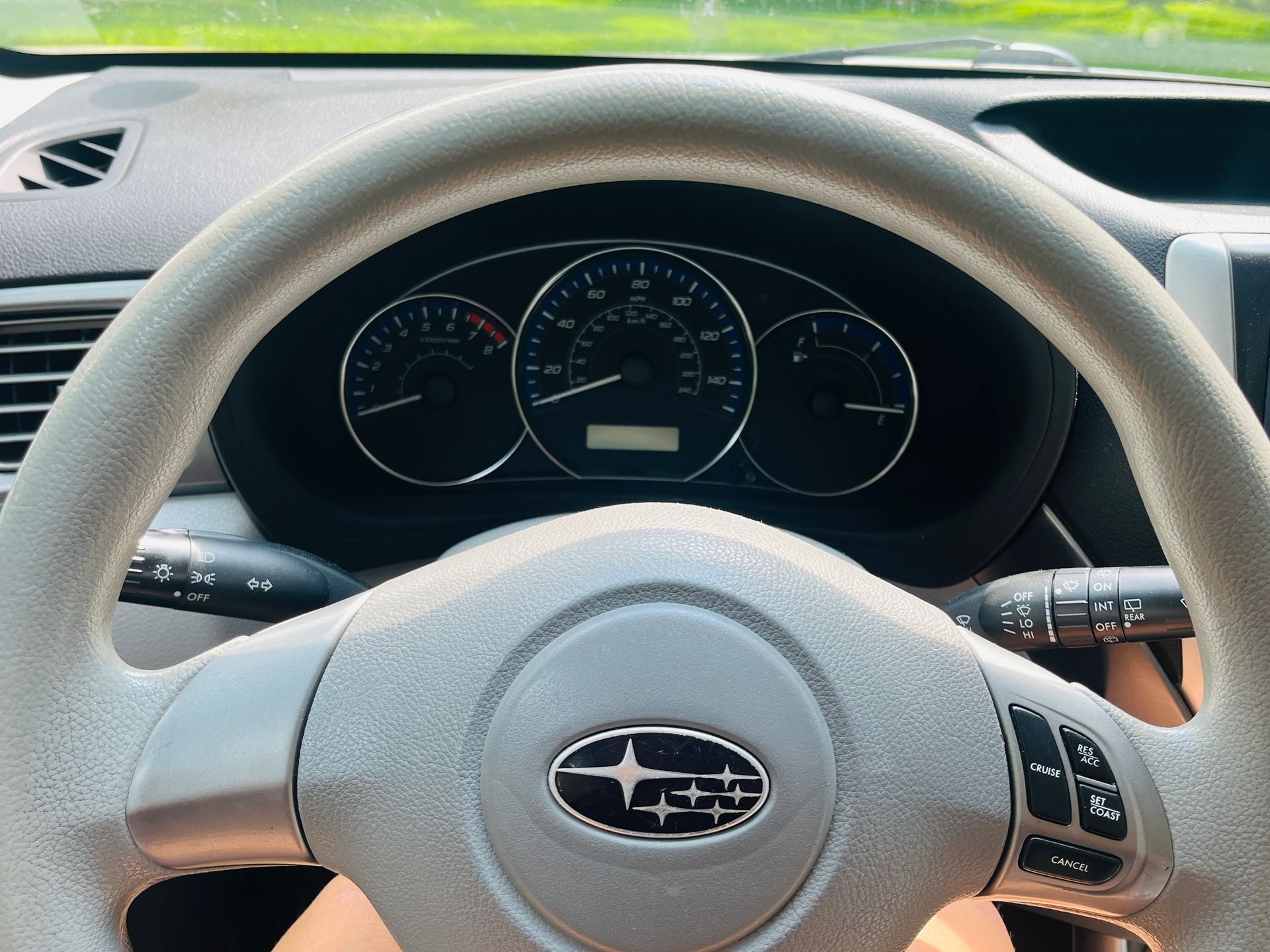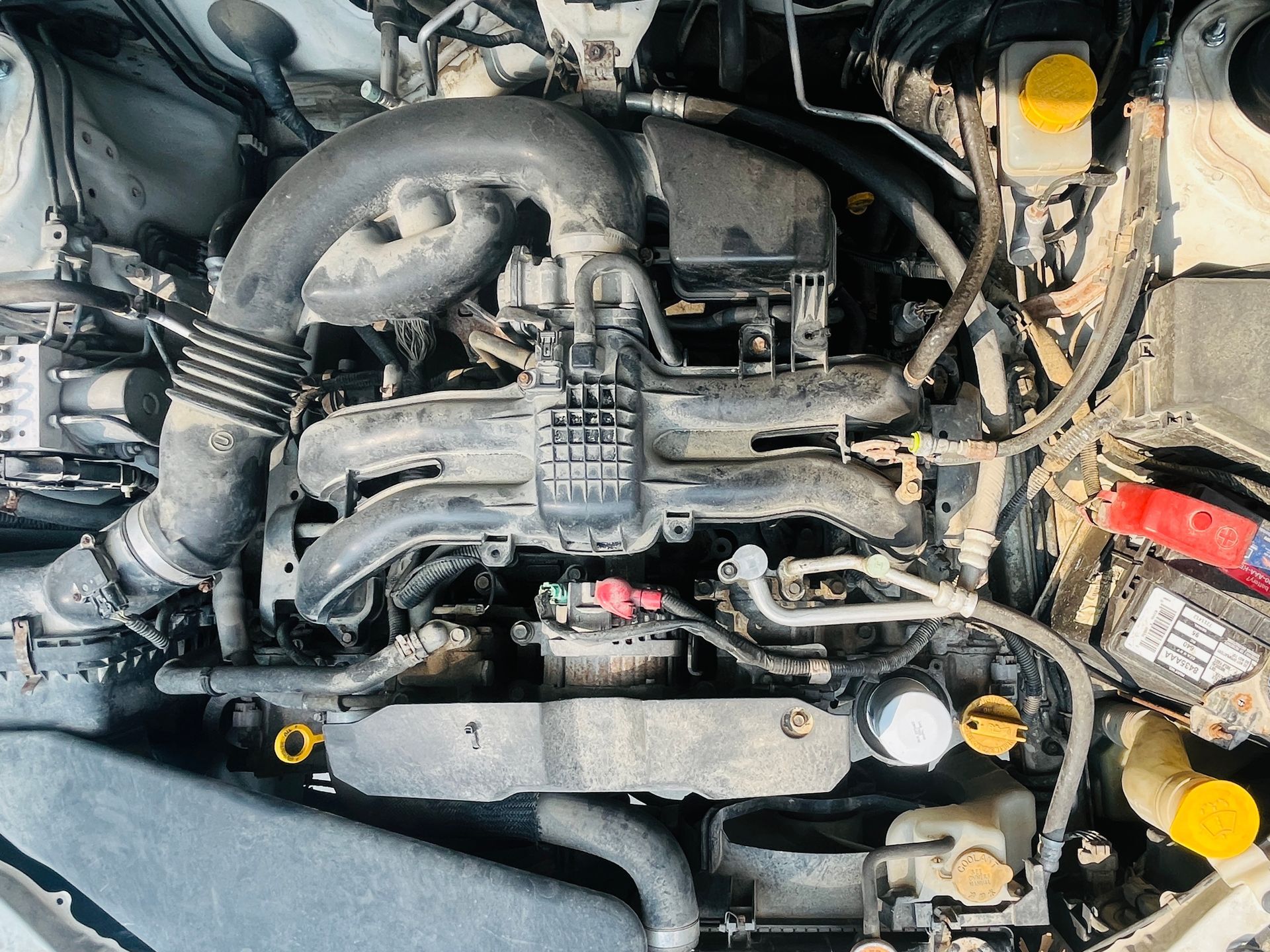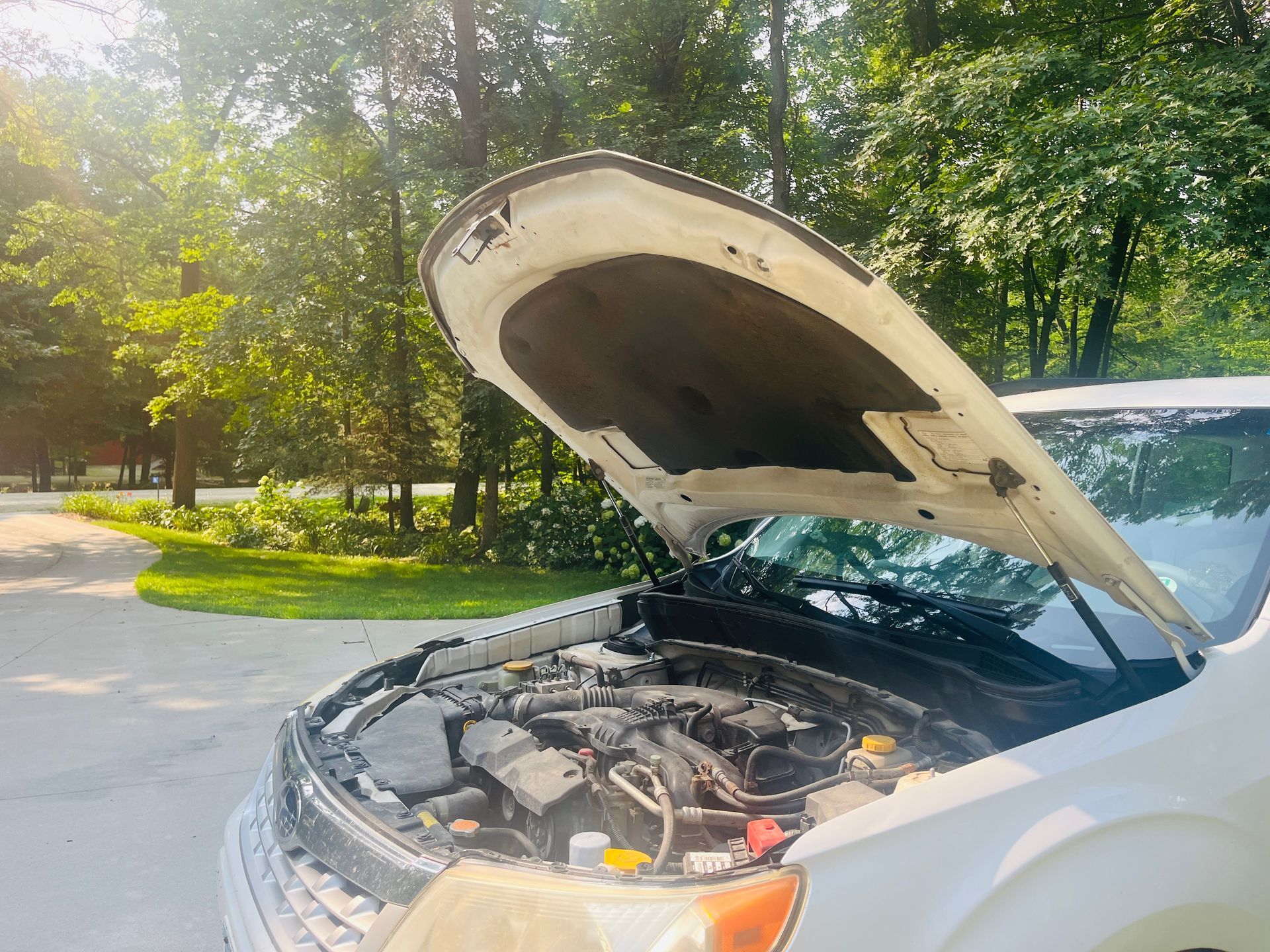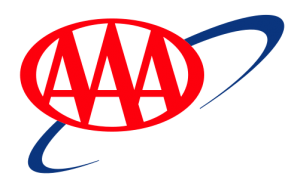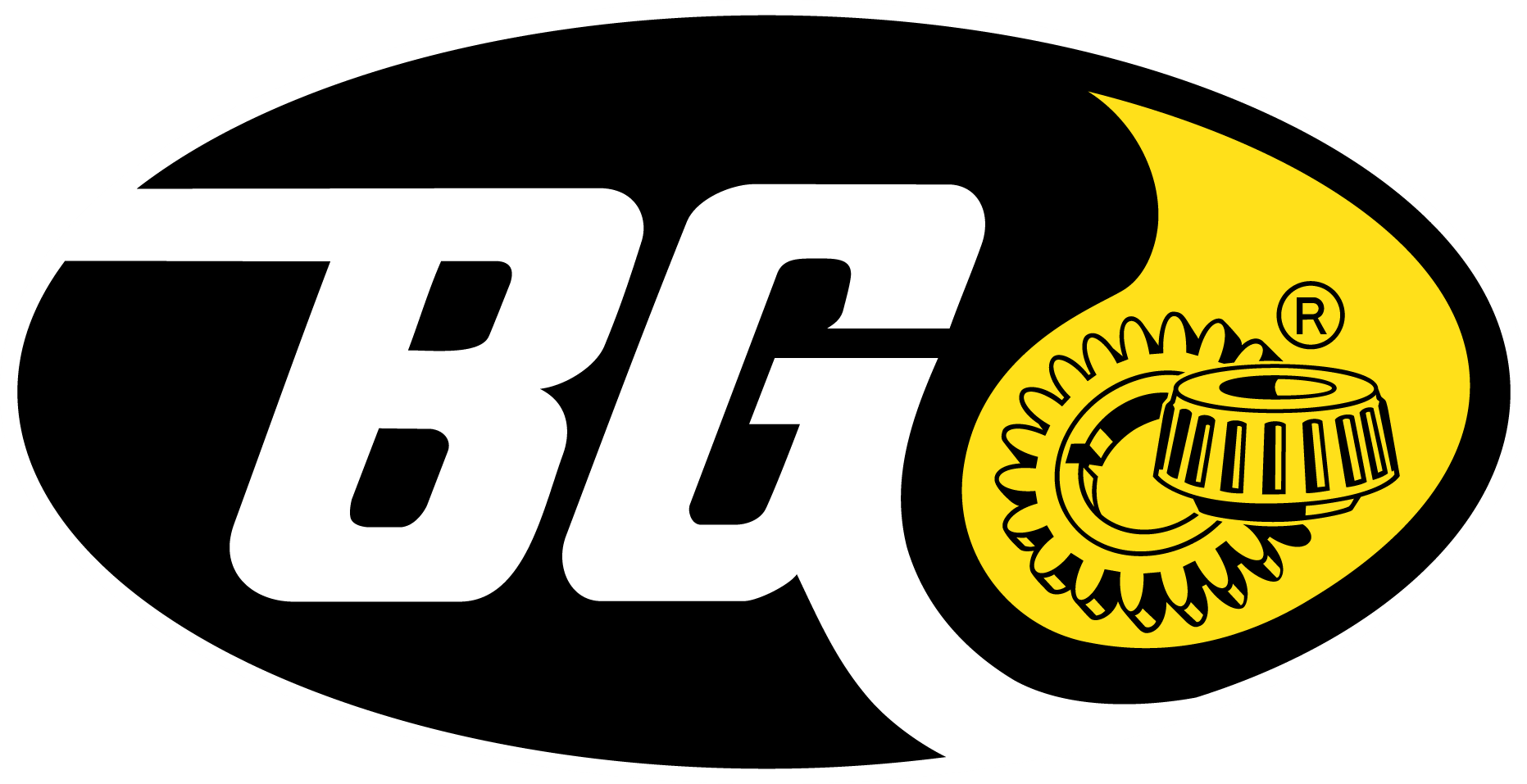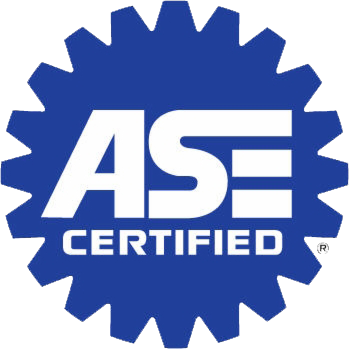Call us: (507) 226-8330
Put the brakes on skipping maintenance
May 2, 2013
Is spring finally here? Have you rolled your windows down yet? As you do, pay attention to the sounds your vehicle makes that you may not have heard during the winter months. It is common for people with any brake issues to realize it in the spring when the sound of squeaking or even grinding comes through open windows.
Certainly none of us want the annoyance of hearing that after waiting so long for spring to get here this year. It reminds me of the squeaking that is coming from my basement these days. You see, my thirteen year old is a little entrepreneur and has decided to raise chickens and sell their eggs. It just so happens the year he picked to do this is the year spring is taking its sweet time to get here … if there is snow on the ground we cannot build a coop. If we can't build a coop, the chicks will remain in our basement (growing at record speed). If they are full grown, they will certainly get out of their enclosure and that means chicken chaos and poop in our basement! If I have chickens running wild in my basement because it's been too snowy to build a coop, there is only one solution-Fried Chicken & we'll try this again next year!
All kidding aside, the constant reminder of squeaking from my basement reminds me of the urgency to build our coop! Likewise, the squeaking of your brakes should be annoying at the very least but should also alert you to other possible issues. Most likely, issues related to squeaking or grinding brakes are due to the actual brakes and not the fluid associated in the brake system. As we are on the tail-end of my articles on the importance of fluids and flushes plus we are finally able to roll our windows down, it's the perfect time to talk about brakes and the importance of brake flushes. Though I am including a coupon for replacement of brakes below, I am going to devote this article to the fluid portion of the brakes-but feel free to use the other coupon if is suits your needs!
THE BASICS
The brakes themselves are applied at the wheel using hydraulic pressure. When you step on the brake pedal, you create pressure in the power booster. This pressure is multiplied by a vacuum from the engine. All of this pressure pushes brake fluid through the master cylinder into tubes, hoses, and in most cases, the ABS pump assembly. These run to the brake at each wheel.
LEAKS
Are you the type of person that does regular brake maintenance? Or do you just fix things when they are broke? What kinds of things can go wrong within the brake system? Leaks are a common problem. You could have a leak at a fitting or a hose or even a leak in the master cylinder. A leak gives the pressurized fluid somewhere to go other than to the brakes, so your stopping power is decreased. If you lose enough fluid, you won't be able to stop at all. Imagine the danger … probably worse than driving on bald tires in a snow storm! You may get a warning sign to this decreased fluid by a decrease in stopping power or if your pedal seems "mushy" or noticing brake fluid on your garage floor. You'll want to visit your auto-home as soon as possible if either of these things happen.
BRAKE FLUID
Brake fluid has additives that protect against corrosion that can damage brake components. Parts, like rubber in the valves of the master cylinder, calipers and wheel cylinders deteriorate over time. All of the little bits that flake off end up on your brake fluid-this contaminated brake fluid can lead to costly repairs, especially if it affects the ABS pump assembly. Additionally, the fluid gets old and the protective additives break down over time.
If all of this is not enough, moisture can get into the brake system. Brake fluid is hygroscopic (water absorbing). So the water absorbs into the fluid through brake hoses and rubber seals. The water can lead to rust which leads to more unwanted debris in your brake system. If significant amounts of water get into the brake fluid, it can affect your stopping power because water has a much lower boiling pint than brake fluid. In the high temperature environment of the brake system, the water can vaporize –and steam doesn't do a very good job of providing the hydraulic pressure.
What color is your brake fluid? New, fresh fluid is generally clear golden yellow like vegetable oil. Older fluid darkens over time and may look like olive oil-or even darker. If it's black, it may indicate parts of the system are wearing out and you should visit your auto-home for further diagnosis.
FLUSHES ARE FABULOUS!
Knowing what you know now, are you ready to flush? When most of us think of brakes or hear squeaking or grinding we think of the rotors and pads. I hope now you'll consider the rest of the brake system. Many auto shops test your brake fluid during courtesy inspections so you'll know if it's past due for a flush. But flushing on a regular schedule, generally, it is recommended every 30,000 miles, is best. It will help keep your brake system healthy, decrease chances of brake failure, or the need for costly repairs.
Are you beginning to climb aboard my flushing maintenance train? Or are you stuck in a rut of "if it ain't broken, don't fix it."? Are you a forward thinker or prefer to stay in the here and now? Would you get chickens before you have a coop? Or would you first build the coop in preparation for the chickens? Learn from me and build the coop first … or in this case, flush regularly and make your life easier and safer and your car healthier in the long run.

